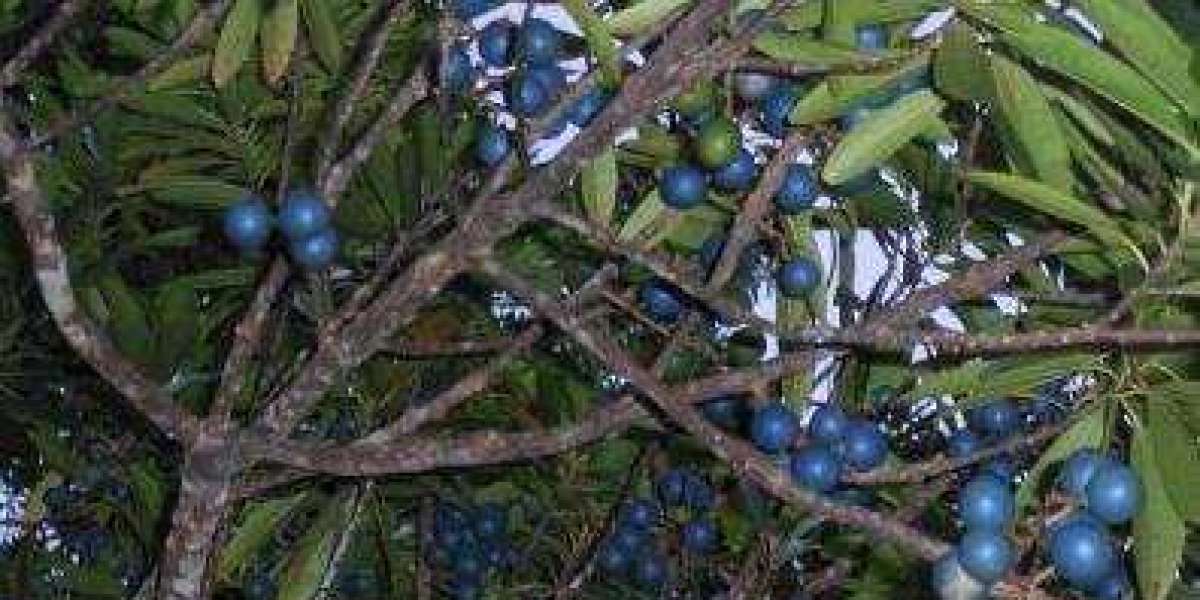- This majestic tree is native to the foothills of the Himalayas and other parts of Southeast Asia.
Rudraksha seeds, derived from the tree, are believed to possess divine properties and are used for meditation and healing purposes. - The term "Rudraksha" translates to "tears of Lord Shiva," indicating its connection to the Hindu god.
- There are various types of Rudraksha beads, ranging from one to twenty-one faces, each carrying distinct energies and benefits.
- The five-faced Rudraksha, known as Panchmukhi, is the most common and represents Lord Shiva in his five aspects.
- The seeds are commonly used in malas (prayer beads) for chanting mantras and focusing the mind during meditation.
- Wearing Rudraksha beads is believed to provide spiritual protection, enhance clarity, and promote overall well-being.
- The seeds are known for their electromagnetic properties, which can balance the body's energy and bring harmony.
- Rudraksha beads are also associated with improving concentration, reducing stress, and increasing mental and physical stamina.
- Ancient texts mention the use of Rudraksha beads for various ailments, such as hypertension, anxiety, and depression.
- The tree itself is evergreen and can reach heights of up to 60 feet, with its branches spreading wide and providing shade.
- The leaves of the Rudraksha tree are glossy and elliptical in shape, adding to its aesthetic appeal.
- It requires a tropical or subtropical climate with well-drained soil to thrive and grow successfully.
- The tree bears small white flowers that emit a pleasant fragrance during blooming season.
- The fruits of the Rudraksha tree are small drupes, initially green and later turning blue when mature.
- Inside each fruit, there are one to four Rudraksha seeds, which are extracted and used for various purposes.
- The process of growing Rudraksha trees from seeds can take several years before they reach maturity.
- Rudraksha seeds are soaked in water for a day before planting them in containers or directly in the ground.
- Adequate sunlight, regular watering, and occasional fertilization are essential for the healthy growth of Rudraksha trees.
- The tree's growth rate is relatively slow, and it requires patience and care during the early stages.
- Rudraksha trees are also known to attract various bird species, contributing to the ecosystem's biodiversity.
- In addition to their spiritual significance, Rudraksha trees have ecological importance and help maintain soil fertility.
- The Rudraksha tree has been mentioned in ancient Indian scriptures like the Shiva Purana and the Atharva Veda.
- Legends state that Lord Shiva himself shed tears of compassion, which gave birth to the Rudraksha tree.
- The Rudraksha seeds are often strung together with silk or cotton threads to create beautiful and meaningful jewelry.
- These beads are considered auspicious and are often worn as necklaces, bracelets, or pendants.
- They are often used as protective talismans to ward off negative energies and promote positivity.
- The Rudraksha tree has been revered by sages, yogis, and spiritual seekers for thousands of years.
- In Hindu mythology, wearing Rudraksha beads is said to bring the wearer closer too.
Read the full post: https://infoabouttrees.com/information-about-rudraksha-tree/



